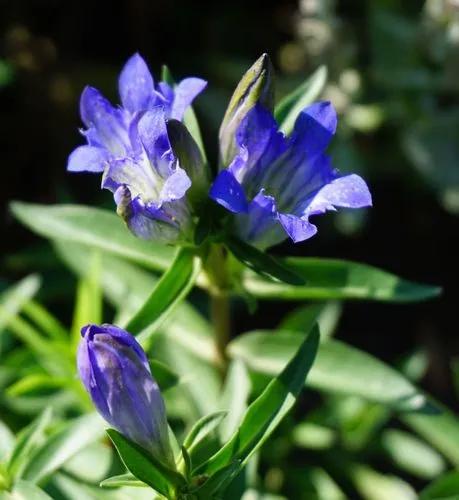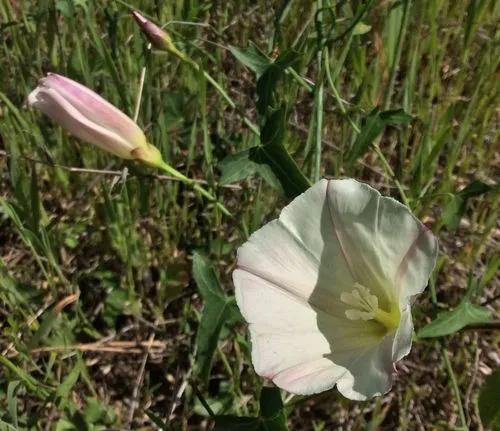Bush vetch is a plant species of the genus Vicia. A nitrogen-fixing, perennial, leguminous climbing plant that grows in hedgerows, grasslands, the edges of woodland, roadsides and rough ground. It occurs in western Europe, Russia including Siberia, Crimea, Caucasus and Central Asia. It can also be found in eastern Canada, north-eastern states of the USA and, where suitable habitat occurs, in Greenland. It is also found throughout England and eastern parts of Wales.
Bush Vetch Care
Vicia sepium



A rhizomatous plant. Its climbing habit is enabled by branched tendrils at the end of each leaf stem, which curl around surrounding plants. The stems are not branched, are almost glabrous, sometimes with rare soft hairs, single, mostly 30 to 40 cm long but sometimes as much as 100 cm. The leaves are compound and pinnate with 4 to 8 pairs of opposite leaflets ending in branched tendrils.[1] Leaflets are 20 to 30 mm long, 8 to 10 mm wide, elongated elliptical in form with broad bases and glabrous at both sides. Flower stalks are very short with 2 to 6 almost sessile flowers on each.
How to get rid of: Control common vetch with a post-emergent two-, three-, and four-way broadleaf herbicide. Herbicides containing triclopyr and clopyralid, as well as fluroxypyr products are efficient herbicide controls.
How to Care for the Plant

Popularity

128 people already have this plant 26 people have added this plant to their wishlists
Discover more plants with the list below
Popular articles






